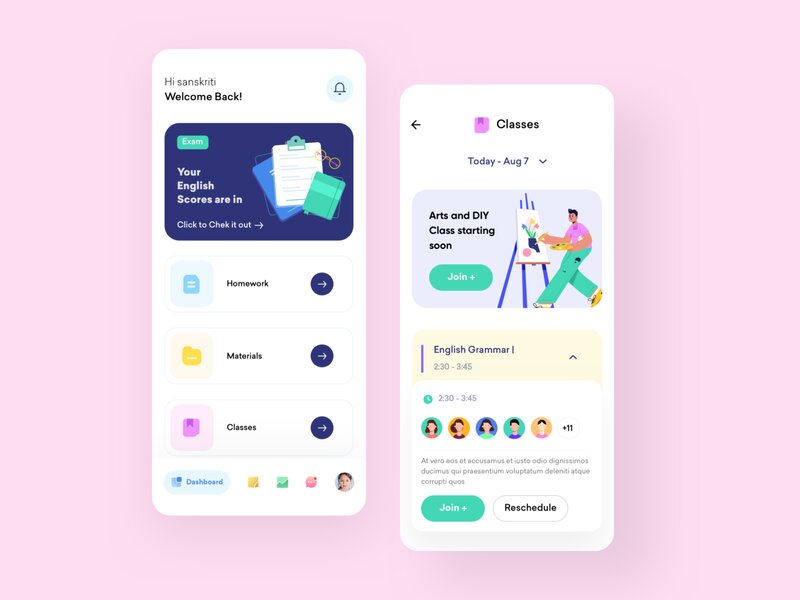
Kuznekoff and Titsworth, 2013, and Rosen et al, 2011 Lee et al, 2017). Those who texted typically took lower quality notes, retained less information, and did worse on tests about the material (e.g. Several studies have compared students who texted during a lecture versus those who did not. Glass and Kang, 2019 Felisoni and Godoi, 2018 Bjornsen and Archer, 2015 Demirbilek and Talan, 2018). Let’s take a moment to look at what the research on in-class device usage tells us about multitasking or, you may wish to jump directly to our recommendations below.Ī growing number of studies have found that off-topic device usage-whether on a phone or on a laptop-impedes academic performance (e.g. Mayer and Moreno, 2003), which is precisely the temptation that many students report experiencing when they are in the classroom. Broadly, we are not wired to multitask well (e.g. Rather, it's the way we incorporate electronic devices into situations in which we are already inclined to pay attention to too many things. Let's be clear: the presence of electronic devices in the classroom is not, in and of itself, the problem.
Virtual classroom software for cell phones how to#
Below you’ll find some advice about how you might use technology to support your learning objectives, supplemented by research on how to prevent technology from becoming a distraction.ĭistraction, not the device, is the problem

Given this tension, how do you create a classroom and course where technology is used to engage, rather than distract, students? Looking at the research and our experiences using technology both in-person and remotely, we’ve found that using technology well involves being intentional, flexible, and transparent. In a survey conducted by Tindell and Bohlander (2011), 92% of college students reported using their phones to send text messages during class. In a 2015 survey of college students in 26 different states, undergraduates reported using their digital devices for non-classroom purposes an average of 11.7 times per day in class, accounting for an average of 21% of class time ( McCoy, 2016). However, we all know that digital devices can also be an impediment to education, insofar as they enable students who are prone to distraction to indulge in the illusion that they can multitask at no cost to their learning.

Using digital devices to teach remotely for a year and a half helped further demonstrate some of the ways they might be used in-person to promote learning. In many ways, the ubiquity of these devices has been a boon to higher education-students can now respond instantaneously to online polls, collaborate in real time on written work, and engage with a range of media more flexibly than ever before. A vast majority of college students bring and/or use a laptop in the classroom ( Patterson and Patterson, 2017 Elliot-Dorans, 2018). Digital devices, such as laptops, tablets, and smartphones, are ubiquitous in society, across college campuses, and in college classrooms.


 0 kommentar(er)
0 kommentar(er)
